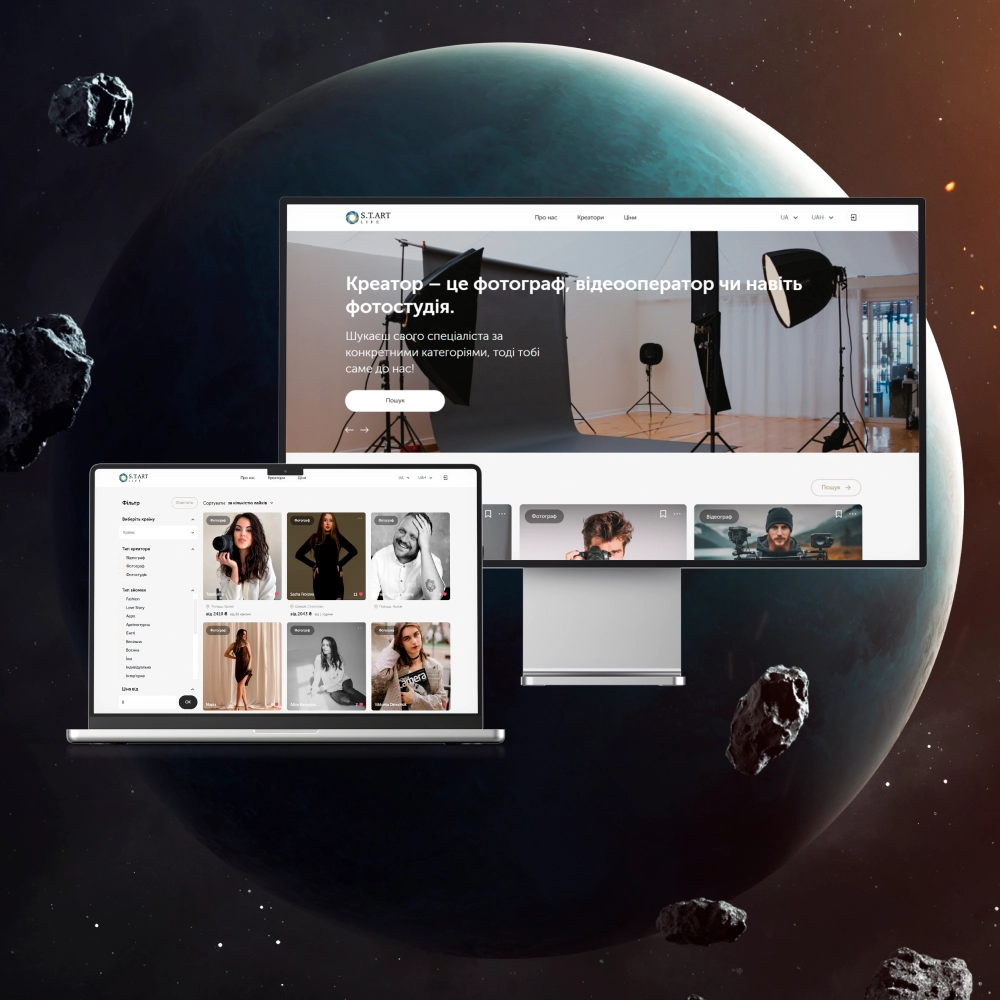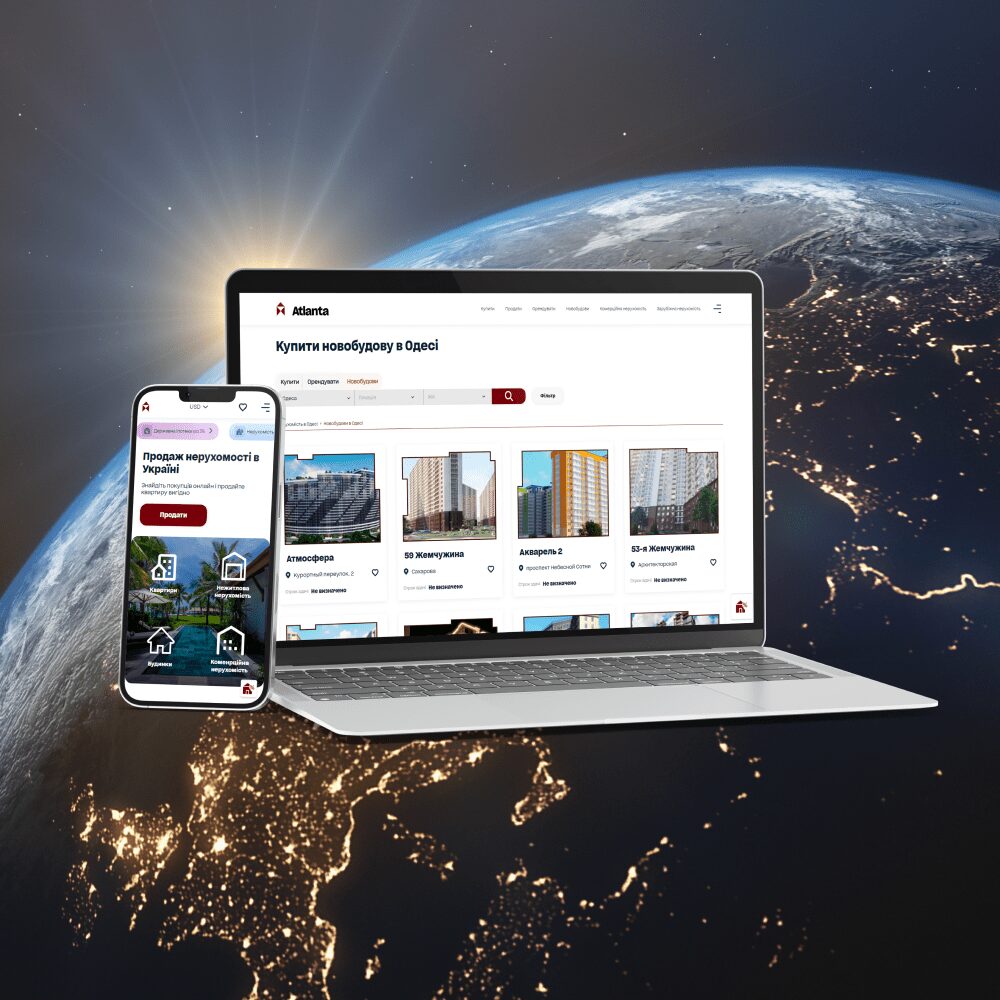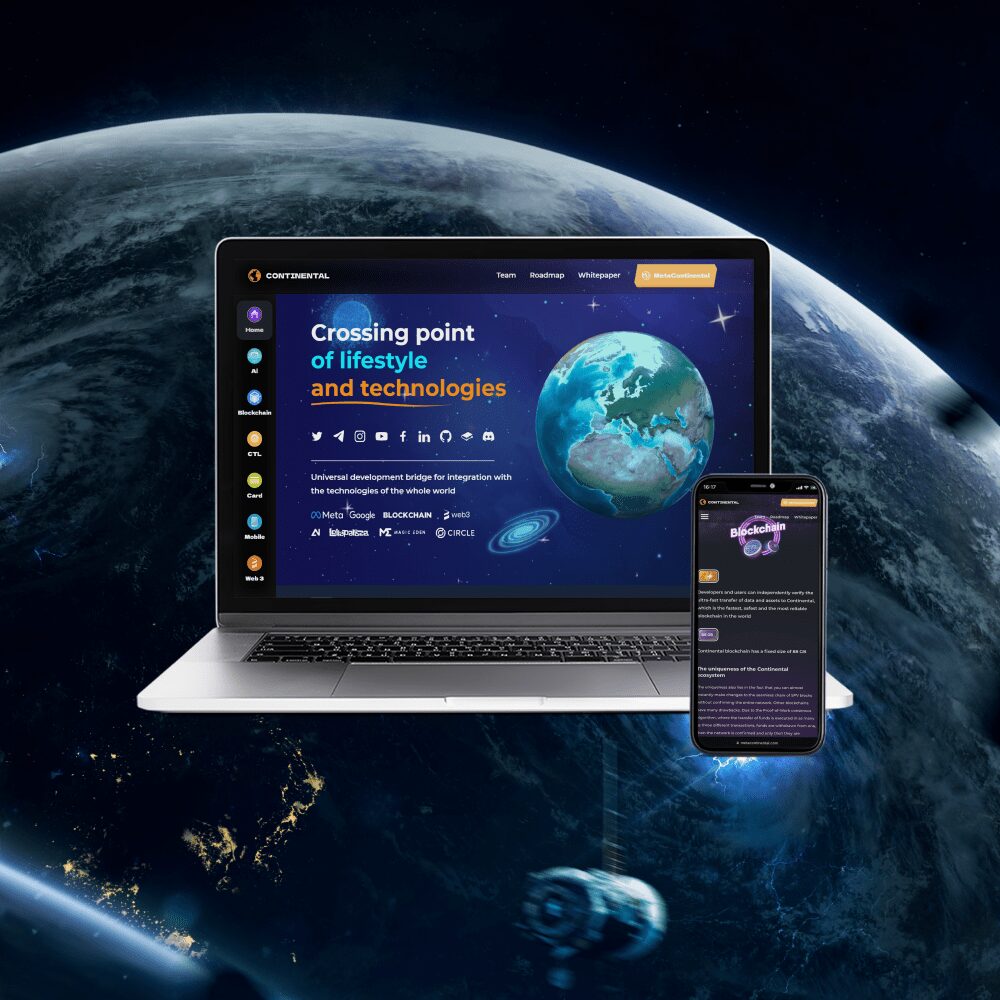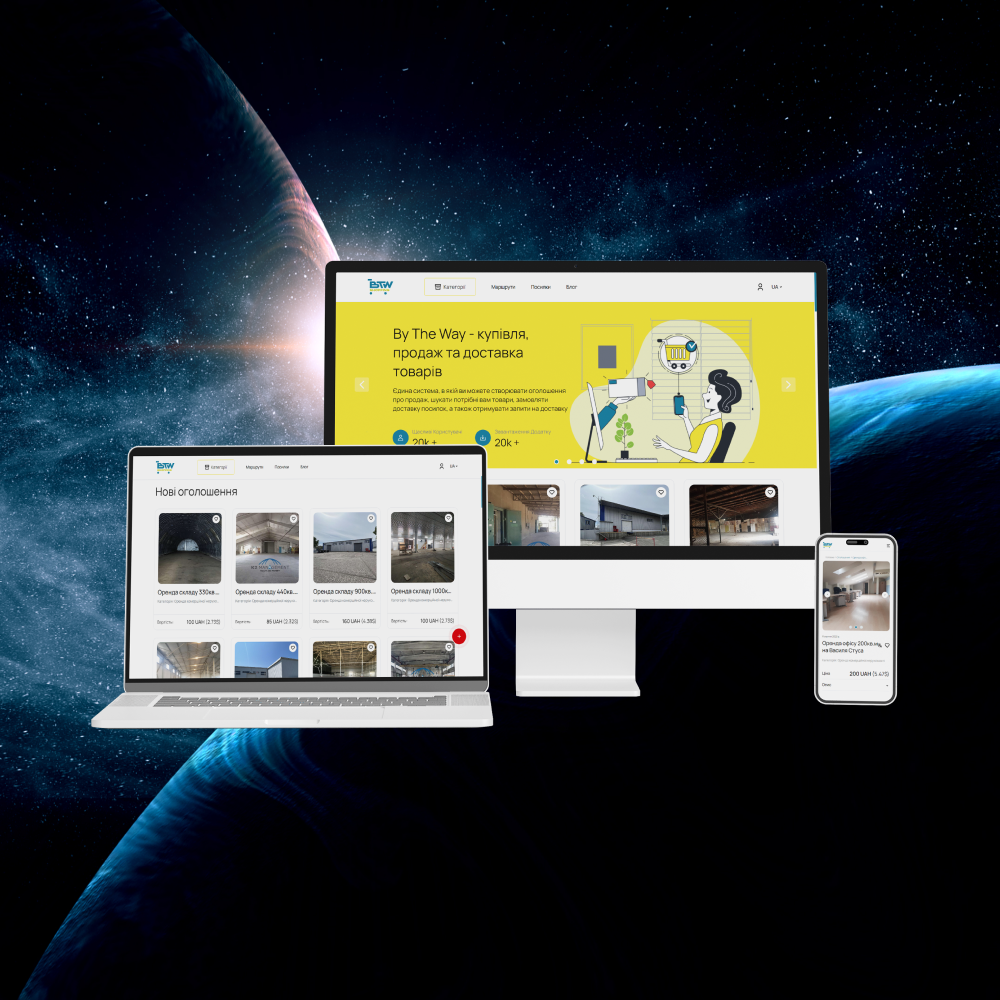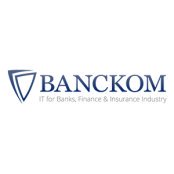How to make a language learning app
Launch your app
Mobile developmentLaunch your app Mobile development
The online education market is developing rapidly. Already today its volume has reached a record 6.5 trillion dollars, and according to forecasts, this figure will continue to grow. One of the latest trends in this area is learning languages using a mobile application. Why is he in demand?
The answer lies on the surface – users get access to the world’s best educational programs at an affordable price, study at an individual pace and can immediately track their progress, which greatly increases motivation.
The most popular language learning apps, such as Duolingo, bring in more than $270 million a year from paid subscriptions alone.
If you want to launch your own solution in this market, you will have to go a long way, and we will tell you about the most important steps in this article.
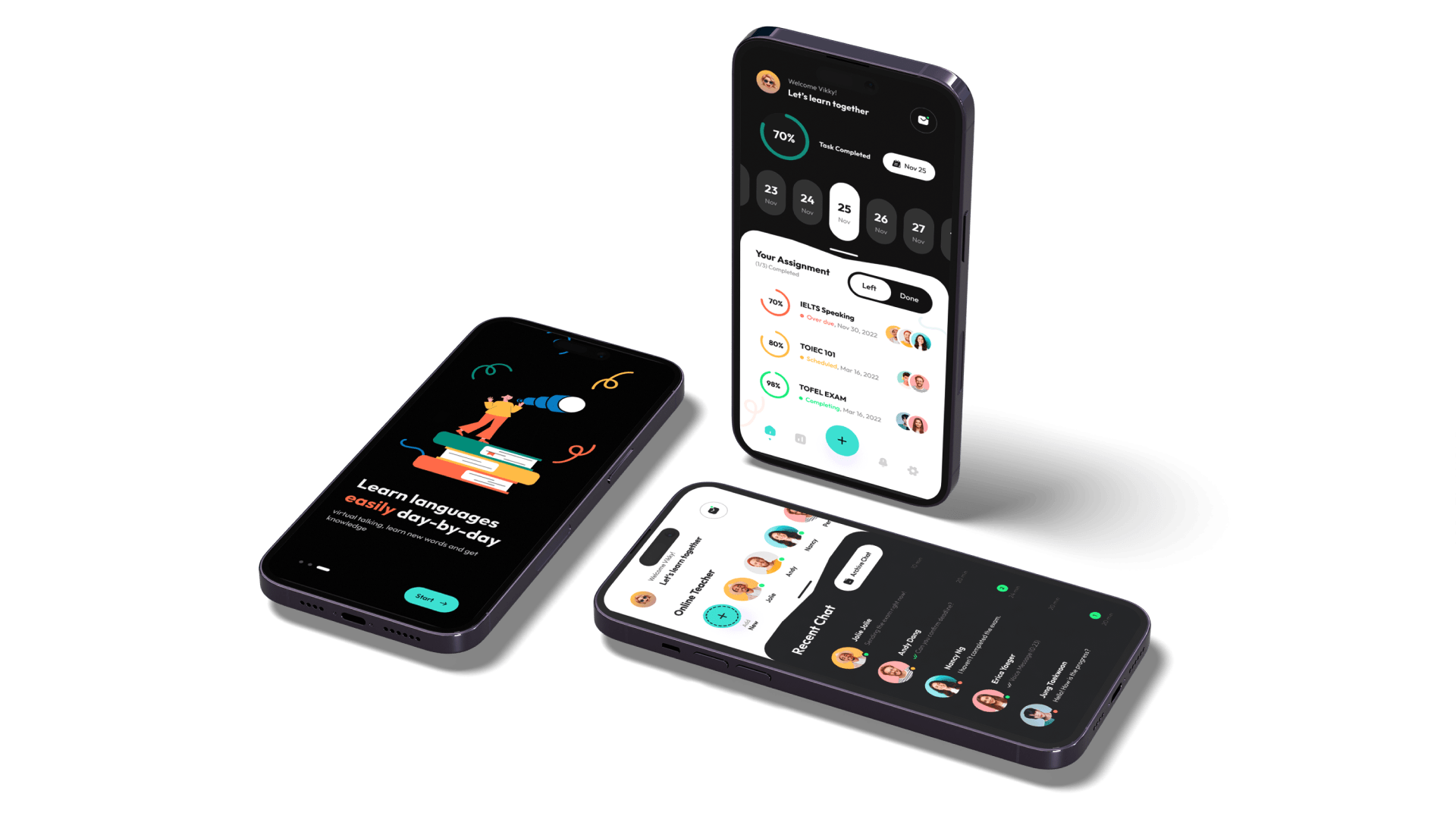
Choosing a monetization model
Business ModelChoosing a monetization model Business Model
Before you begin the technical development of a mobile application, you need to decide how you will make money from it. There are several options here:
- Advertisements. Direct advertising from other companies and Google Ads are the most common way to monetize any mobile app. But there is a caveat – pop-up banners can distract the user from the educational process, so you need to use this monetization model with caution.
- Paid subscriptions. A paid subscription is an advanced version of the application that helps users master the language faster. There are many ways to implement it. For example, it may include features such as disabling advertising, testing knowledge, the ability to communicate with native speakers, etc.
- Selling courses. Sell users courses for advanced language learning, for example starting from level B1. With this approach, you will be able to gather and “nurture” an audience of interested beginners who, after completing the basic course, will get used to the functionality of the application and are likely to make a purchase.
- Advertising of third party courses. This model, for example, is used by the popular Memrise application – in it, each teacher can create his own course, and the platform takes a commission for promoting it. But there are pitfalls in this model, because it is quite difficult to guarantee the professionalism of third-party educational programs, which can negatively affect the reputation of the application.
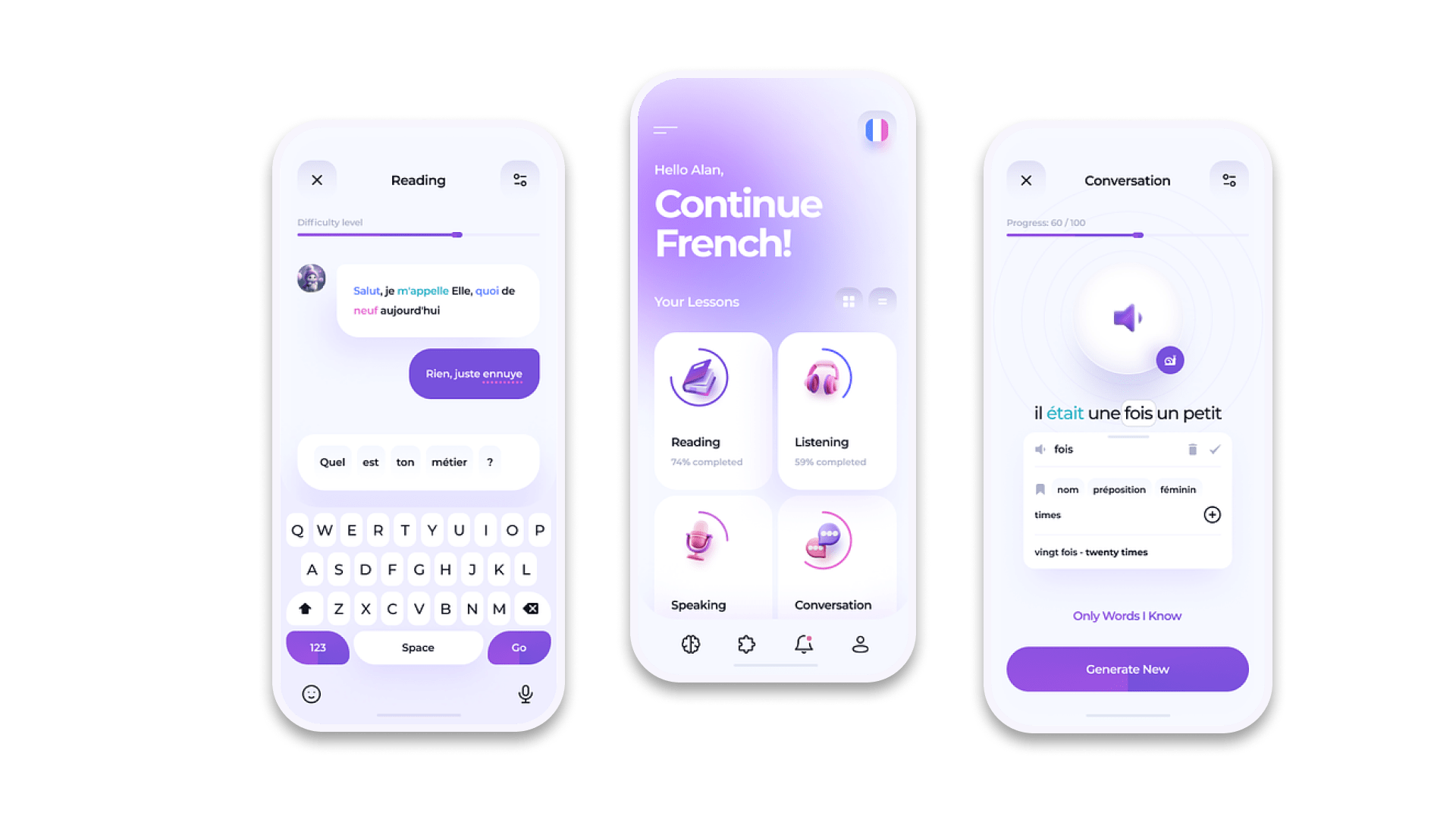
Determining the main features
Application functionalityDetermining the main features Application functionality
Now let’s determine what basic functions need to be created to launch a successful educational application:
- Registration and login. This is the first thing the user sees upon startup. In our experience, the registration form should not be very long. To begin with, you should ask only for basic information: name, phone number and email address, and you can clarify all other information later. The right solution would be to integrate the Gmail, Facebook and Apple ID APIs – this will allow you to create a new account in one click.
- Checking the level of knowledge. To provide relevant lessons to a user, you need to check their current language level. This usually involves some testing.
- Road map and checkpoints. Learning a language from zero to B2 level will require at least 600 hours, and this is a serious task. To simplify it, many applications, including Duolingo, resort to elements of gamification: they break large blocks of knowledge into short “missions” that take 10-20 minutes to complete.
By quickly moving along the roadmap from one checkpoint to another, the user will feel his progress, which motivates him to continue learning.
- Courses and classes. The implementation of this module depends on how exactly you plan to organize the learning process: in the format of online classes with a teacher or in the form of text assignments that the student works on independently.
- Check of knowledge. After going through theory and practice, you need to make sure that the user has really mastered the material and can move on to more complex topics. Technically, this module could be in the format of a regular quiz or test.
- Push notifications. Short pop-up messages in which you can remind the user to complete the lesson, or inform him about various promotional offers.
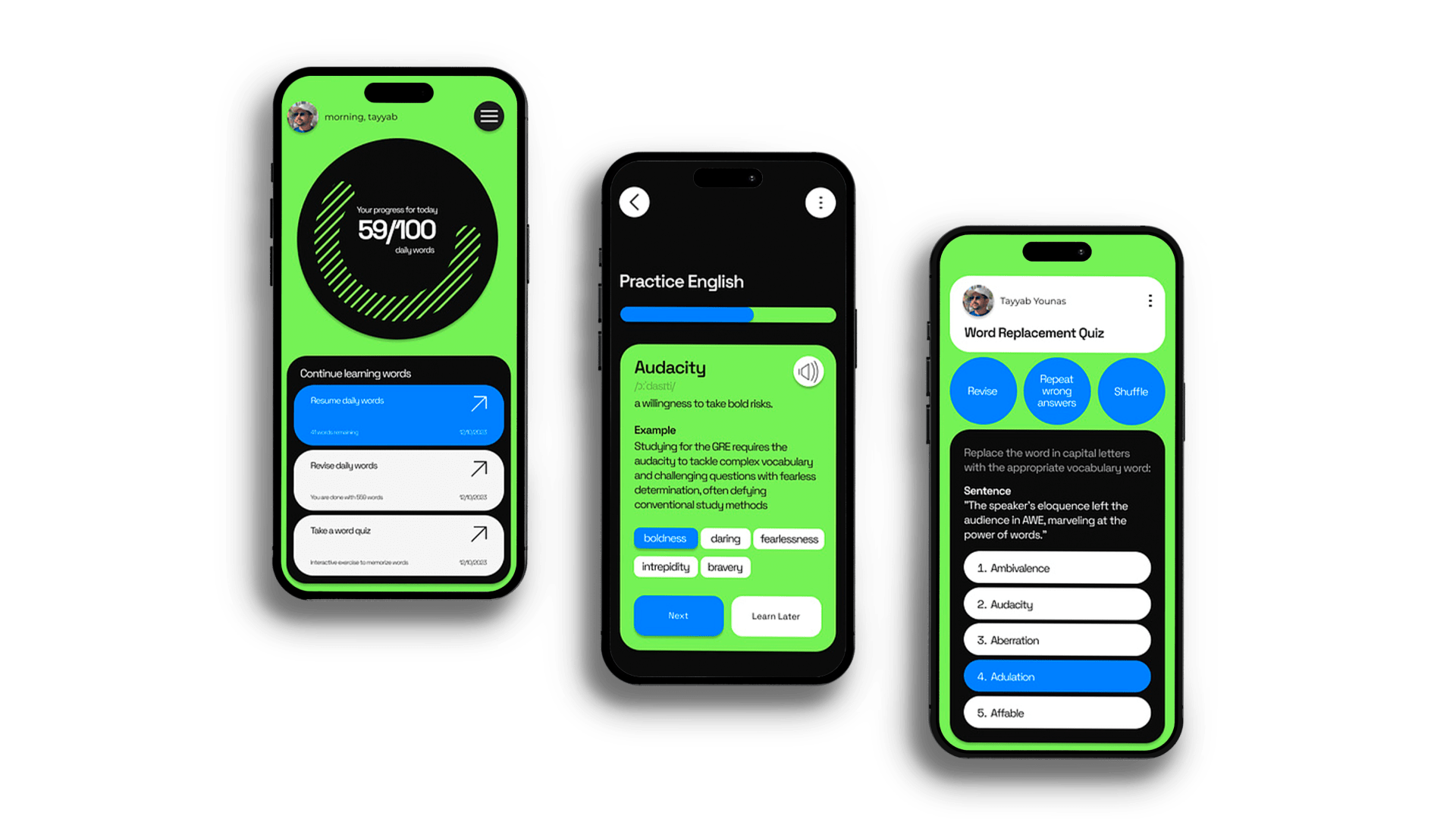
Creating an MVP
MVP DevelopmentCreating an MVP MVP Development
Creating an MVP is an important step that should not be neglected. Unlike alpha versions and prototypes, a minimum viable product is available to end users and will help you solve many issues:
- Test your business idea in real market conditions.
- Check the response of the target audience and make sure that the product is really needed by the market.
- Find new opportunities to improve the final application.
If the MVP has become successful, the further plan of action is simple: stay on course, expand the functionality of the project and increase the reach of the target audience. In this case, you will be absolutely sure of the return on your investment, so you can calmly engage in further business development.

How the application is developed
Development stagesHow the application is developed Development stages
The entire process of developing a mobile application: from idea to deployment in the App Store and Google Play, can be divided into six main stages. Let’s look at what work is performed on each of them:
- Collection of information. No development begins with programming. We start by studying your idea and requirements, conducting market research, and then suggesting realistic ways to achieve your goals.
- Prototype. The next step is to develop a prototype. Specialists think through the UX and User flow, the functional part of the application and create block diagrams of individual modules. A finished mockup will help you understand how the finished product will look and work, and make the necessary adjustments if necessary. Plus, after design, we can extremely accurately calculate the timing and cost of project implementation.
- Design development. UI designers create the most friendly and recognizable application interface that users will feel comfortable interacting with during training.
- Frontend development. Frontend is the client part of the application. It outputs data and generates new requests to send to the server. To develop this part, we most often use the cross-platform Flutter framework, which runs on IOS and Android, but depending on the client’s requirements, we can also use native technologies – Swift and Kotlin.
- Backend development. The server part of the application processes requests, ensures data storage and security. Its implementation can be built in different programming languages and frameworks, such as Python, PHP, Laravel or Django. The choice of technology depends on the complexity and features of the functionality.
- Testing. Once technical development is complete, all application features are thoroughly tested and debugged.
- Support and development. After deployment, the application enters the stage of technical support and development: specialists ensure stable operation of the system, eliminate errors found by users and work to expand functionality.

Development at AVADA MEDIA
(Ua) Мобільна розробкаDevelopment at AVADA MEDIA (Ua) Мобільна розробка
Mobile applications help users learn foreign languages comfortably and without stress, so their demand is only increasing. This market is already quite competitive, and to achieve success you will have to compete with leaders such as Duolingo, Memrise and Beelinguapp. But with high-quality business planning and competent technical implementation, this is quite possible.
Our team has experience launching successful language learning apps. We understand what difficulties you may encounter along the way and will help you avoid them. To order application development from AVADA MEDIA, fill out the feedback form, and we will contact you shortly to discuss the project.
Fresh works
We create space projectsFresh works
The best confirmation of our qualifications and professionalism are the stories of the success of our clients and the differences in their business before and after working with us.
Our clients
What they say about usOur clients What they say about us
Successful projects are created only by the team
Our teamSuccessful projects
are created only by the team Our team
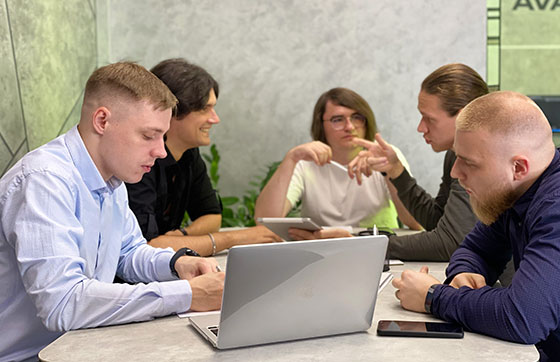

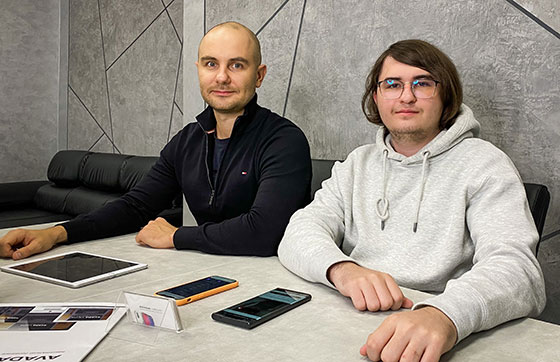
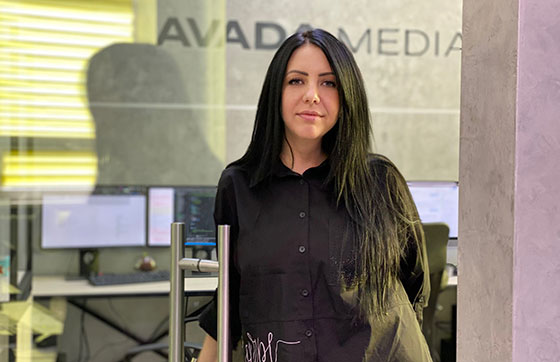
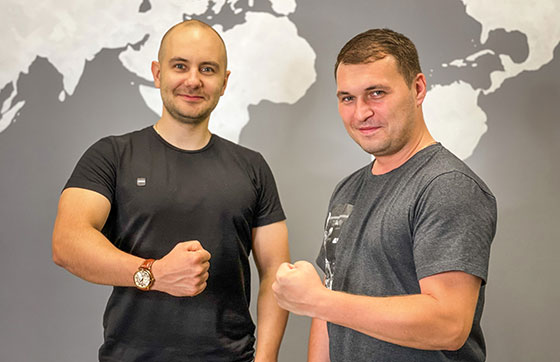





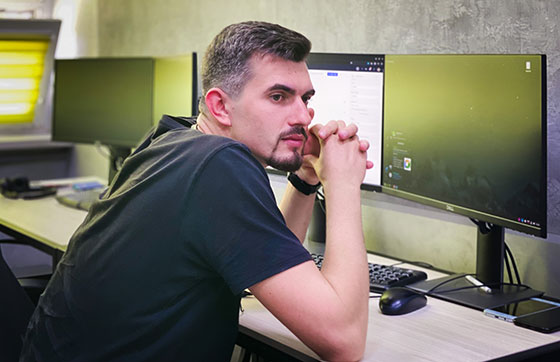

Contact the experts
Have a question?Contact the experts Have a question?
-
Phone:+ 38 (097) 036 29 32
-
E-mail:info@avada-media.com.ua
